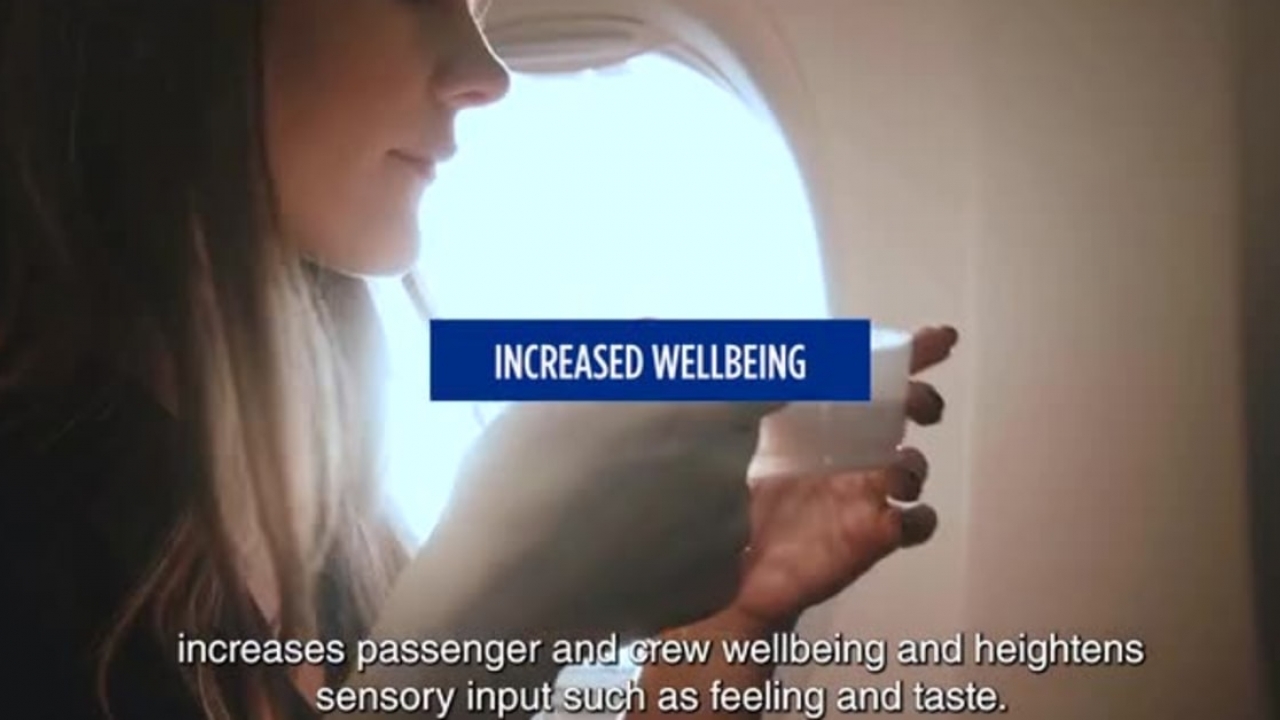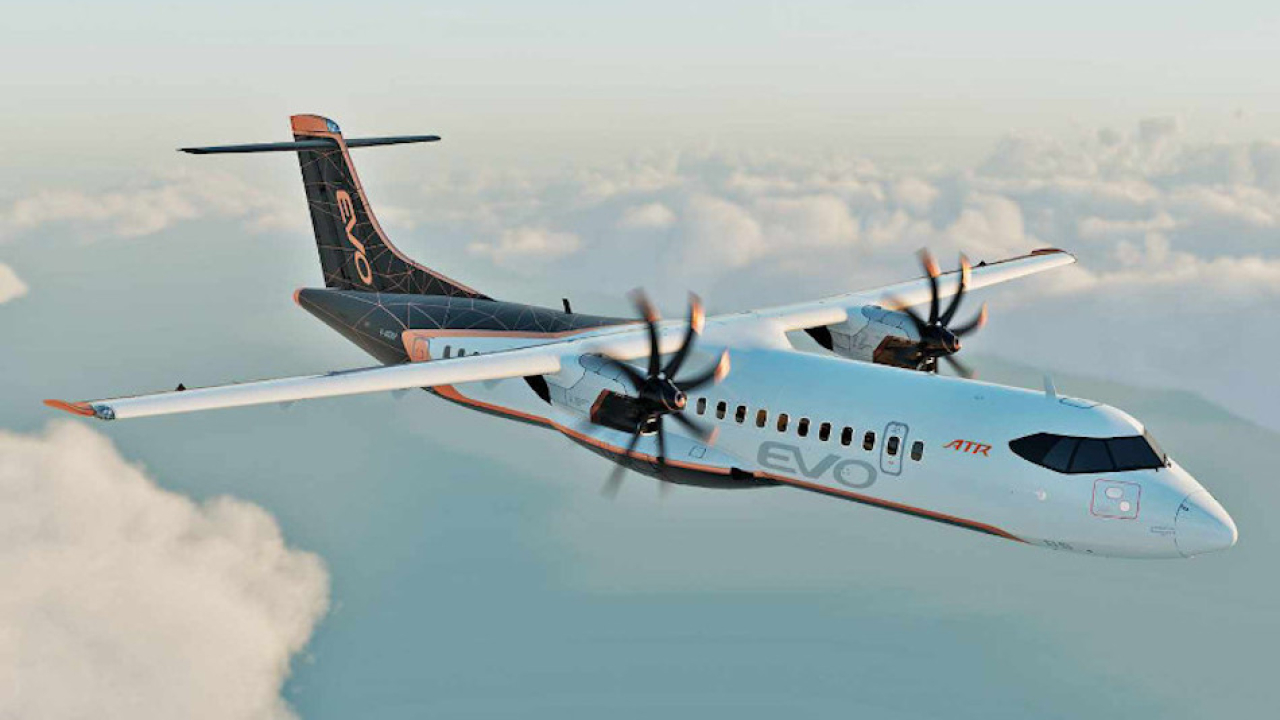Sustainability goals create interest in dehumidification systems
CTT Systems, which specialises in absolute humidity control products for aircraft, has said it has seen more interest in dehumidification systems as sustainability becomes paramount.

CTT System AB’s Anti-Condensation dehumidification system reduces aircraft weight and emissions. Already in over 3,000 aircraft worldwide, the system is becoming increasingly sought after as the industry focuses on sustainability.
“Today, low-cost airlines focus and want to reduce their carbon footprint and our system is one of the most efficient solutions in terms of investment,” said Ola Häggfeldt, director sales and marketing .
“With the aviation industry focusing on sustainability, the Swedish company CTT Systems sees renewed market interest for their dehumidification system, Anti-Condensation. The system prevents the build-up of condensation in the aircraft, which otherwise risks increasing the aircraft's weight; when the cabin air is moist, water accumulates in the insulation mats, which over time can make the aircraft between 200 to 400 kilos heavier. The extra weight means dramatic increases in fuel consumption and emissions; with an added weight of 200 kilos on a standard passenger aircraft, 21 tons more fuel is required, while carbon dioxide emissions increase by 66 tons each year.”
He adds: “The math is simple; our system is a very efficient way to reduce emissions and the carbon footprint. In addition, our partners have shown that the reduced humidity in the intermediate space (areas between cabin lining and the fuselage) means that the electronic equipment does not require maintenance to the same extent - so that is also a saving.”
Low-cost carriers among the customers
By incorporating CTT's system, the moist air is passed through a dehumidifying turbine and out through piccolo ducts routed along the length of the crown area to create a dry air barrier. First launched over 20 years ago, the system has been installed in over 3,000 aircraft, either as retrofits or OEM installations. The new market interest comes mainly from low-cost airlines that have not been as advanced in sustainability efforts in the past and are now looking for ways to reduce their emissions.
“In the past, the focus has mostly been on ROI and that our system will be a good economical investment, which it also is. Today, with sustainability so high on the agenda, airlines are seeing new value in the product in addition to the economical investment, and we have seen increasing interest recently - particularly from low-cost carriers who need to improve their climate work. Our system is a relatively inexpensive solution that delivers a big impact over time. The strong interest is not surprising,”Häggfeldt concludes.
Stay up to date
Subscribe to the free Times Aerospace newsletter and receive the latest content every week. We'll never share your email address.

